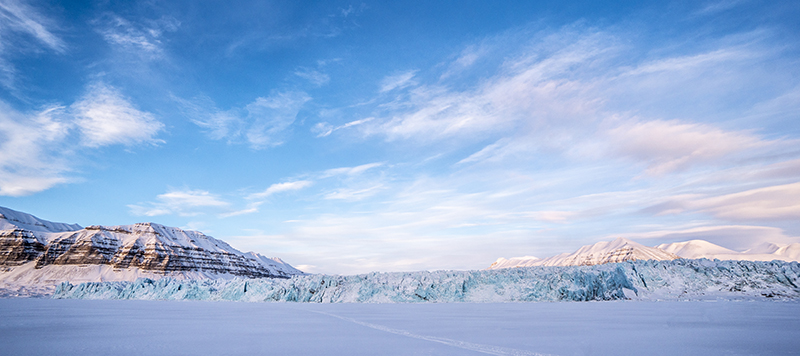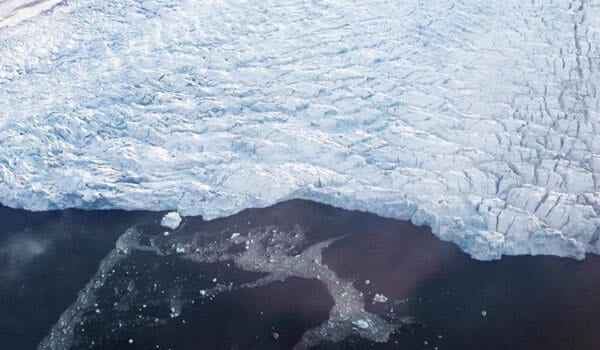20 May 2021: Observations show that the increase in Arctic average surface temperature between 1971 and 2019 was three times higher than the global average during this period. This is higher than previously reported by the Arctic Monitoring and Assessment Programme (AMAP).
Climate change impacts on Arctic communities, ecosystems and species, especially when associated with extreme events, are considerable and accelerating. Sea ice loss, glacier retreat and reduced snow cover remobilizes previously deposited contaminants.
Forest fires contribute to climate change
While climate change is mainly driven by carbon dioxide emissions, changes in emissions of air pollutants such as short-lived climate forcers also affect the climate as well as human health. Globally, such air pollution is a major cause of premature deaths and reducing air pollution from particles and ozone could prevent hundreds of thousands of premature deaths in Arctic Council Member and Observer countries.
“A warmer Arctic can lead to an increased risk of more frequent fires in Arctic areas such as Greenland”, says NILU scientist Sabine Eckhardt. She and her colleague Nikolaos Evangeliou have contributed to the AMAP Assessment 2021: Impacts of Short-lived Climate Forcers on Arctic Climate, Air Quality, and Human Health.
“Wildfires are an important source for black carbon”, says Evangeliou, “and black carbon is also a short-lived climate forcer. Managing fire risks with locally appropriate measures such as fuel management and ignition reduction will be critical for limiting local and regional emissions of particles that can contribute to further warming.”

From mercury to microplastics
Although levels of many environmental contaminants in the Arctic are decreasing, some, including mercury and persistent organic pollutants continue to pose a threat to some wildlife and people, especially Arctic indigenous people through their diet. Transitions towards a more Westernized diet in Arctic communities is ongoing. While this may reduce levels of contaminants in humans it may also have negative impacts, such as increasing levels of obesity and causing deficiencies of some key nutrients.
New contaminants are also appearing on the scene. Microplastics represent a growing concern, and have been found in snow, sea-ice, seawater, in ocean sediments, and on beaches in the Arctic. AMAP has developed guidelines and a plan for monitoring microplastics and litter in the Arctic, to support the Arctic Council Marine Litter Regional Action Plan.
NILU has also contributed input on airborne microplastics to the AMAP Litter and Microplastics Monitoring Plan.
“Atmospheric transport of microplastics can be a major transport route to the Arctic”, says senior scientist Dorte Herzke. “Such air transport has the potential to carry microplastics very quickly over long distances but is currently little studied. At the same time, we see that it is important to understand the extent of this to be able to identify sources of microplastics and contribute to reducing emissions.”
NILU scientists contribute to the following AMAP assessments and plan:
- AMAP Assessment 2021: Impacts of Short-lived Climate Forcers on Arctic Climate, Air Quality, and Human Health (Sabine Eckhardt and Nikolaos Evangeliou)
- 2021 AMAP Mercury Assessment (Kjetil Tørseth, Katrine Aspmo Pfaffhuber and Wenche Aas)
- POPs and Chemicals of Emerging Arctic Concern (Knut Breivik, Pernilla Bohlin-Nizzetto and Wenche Aas)
- AMAP Litter and Microplastics Monitoring Plan (Dorte Herzke)
In addition, AMAP has published:







